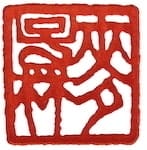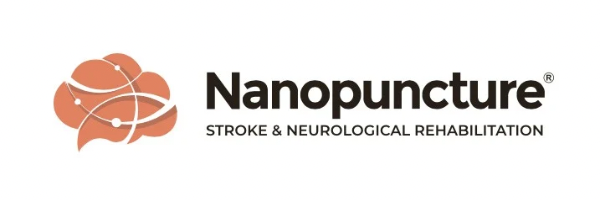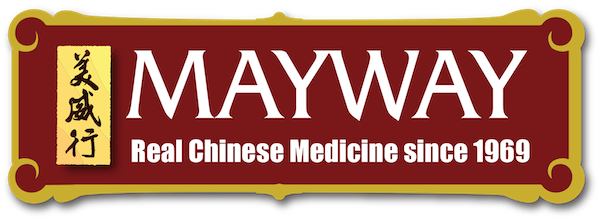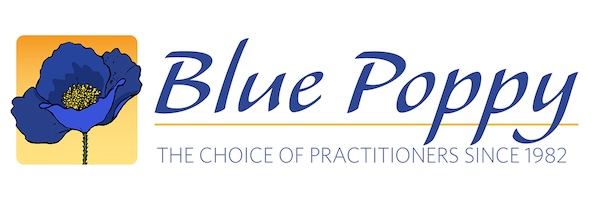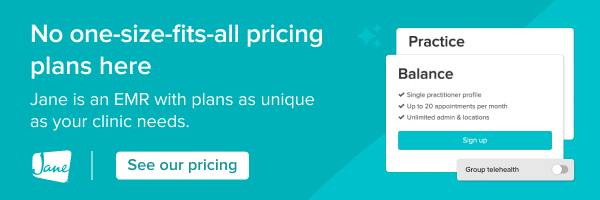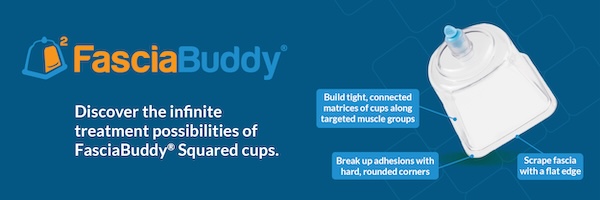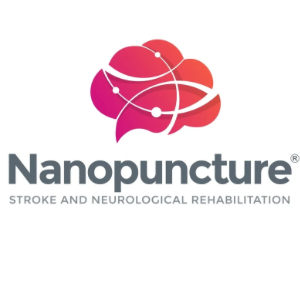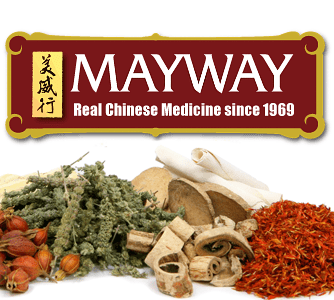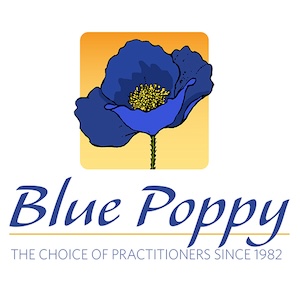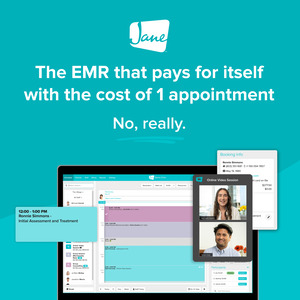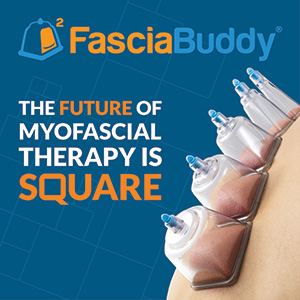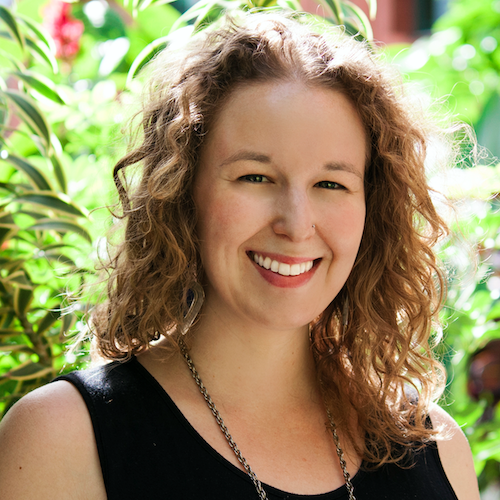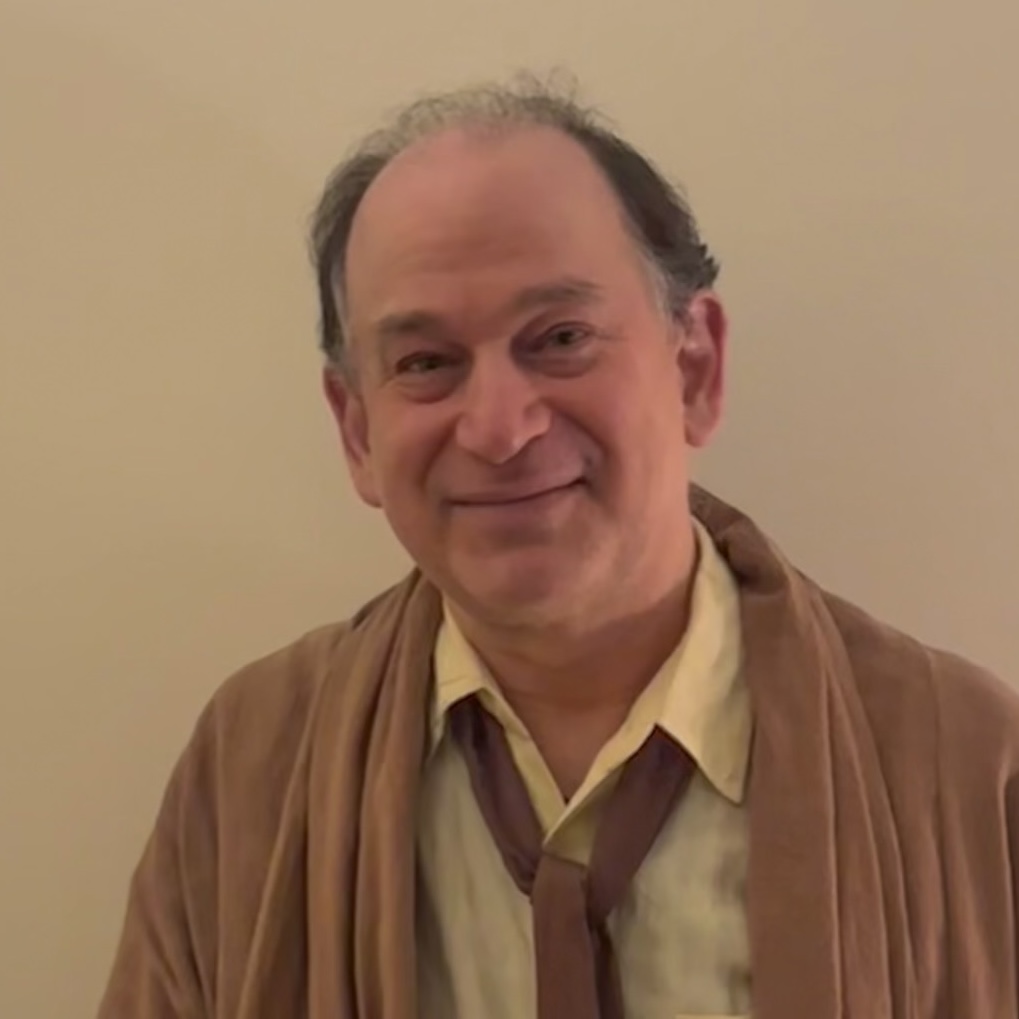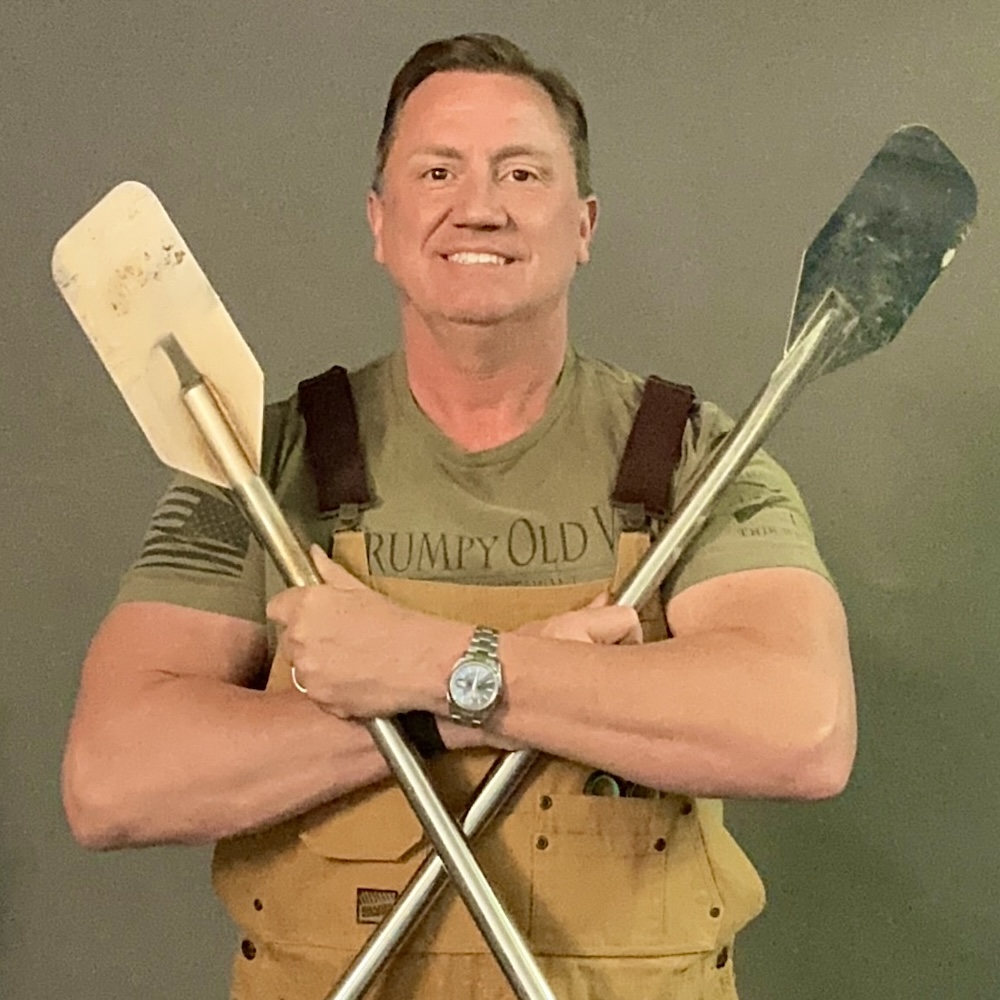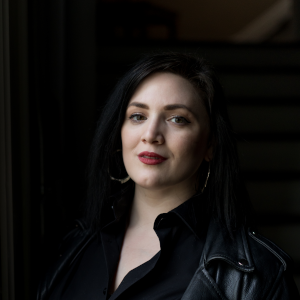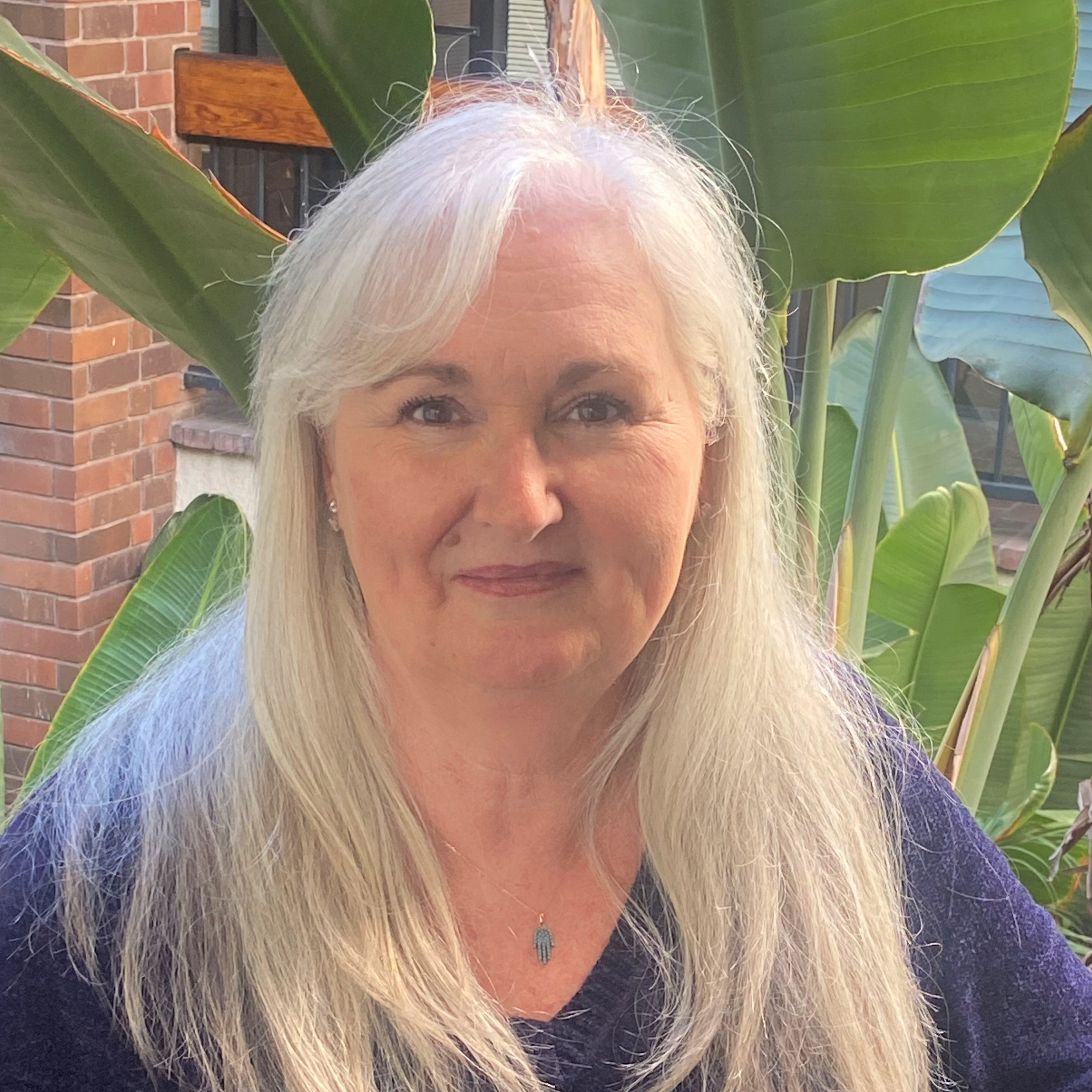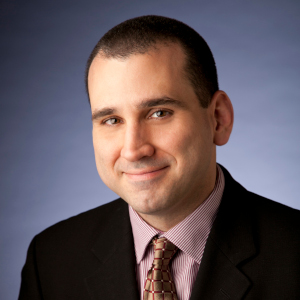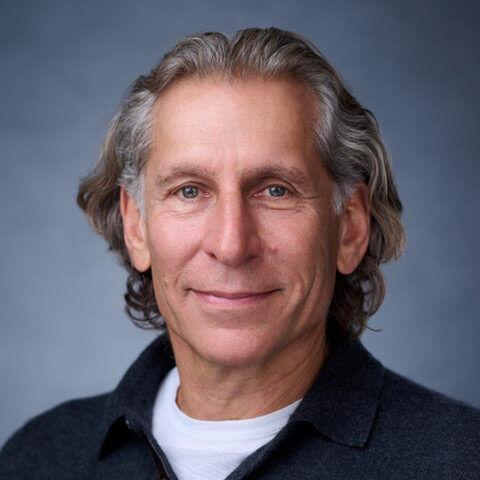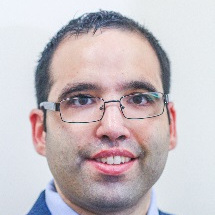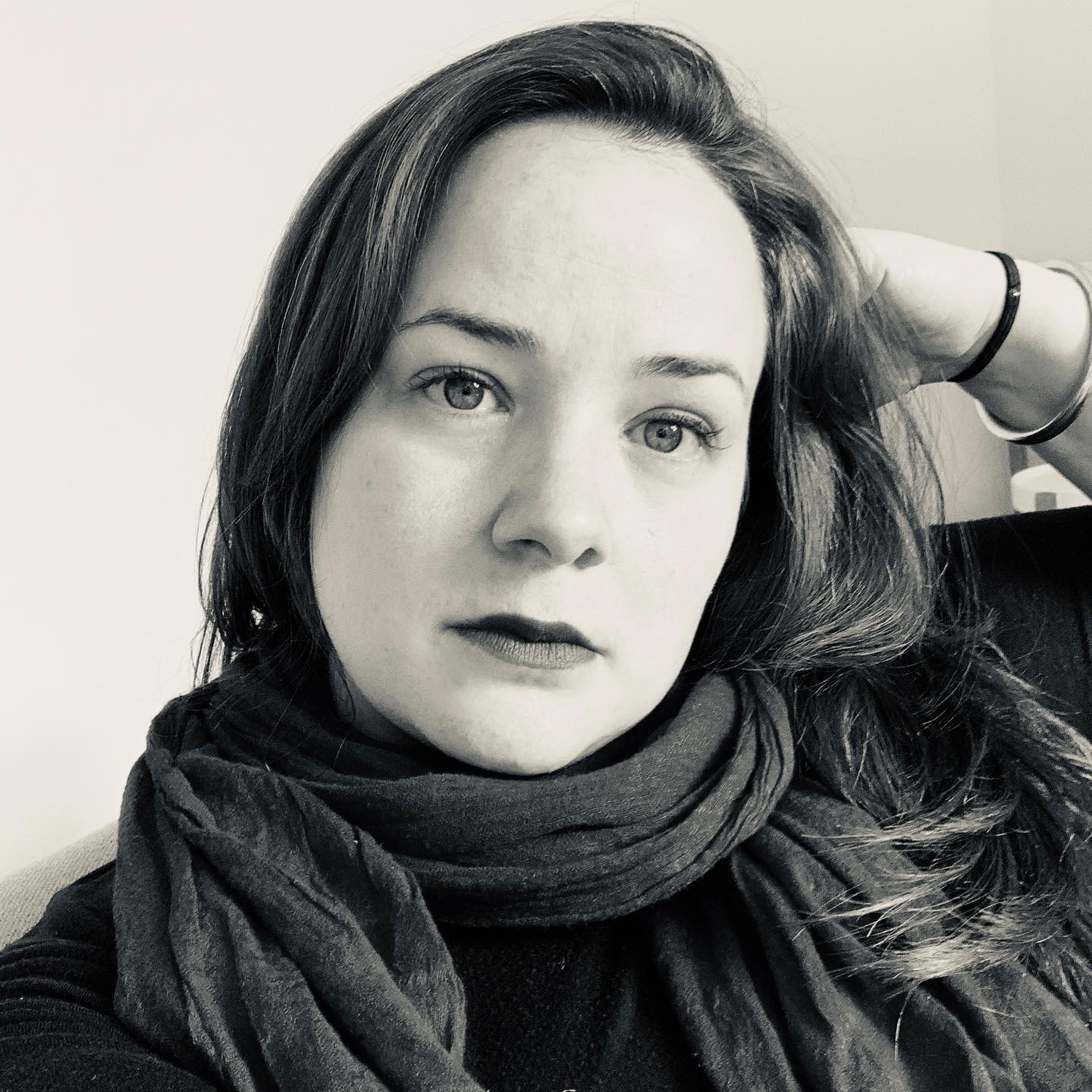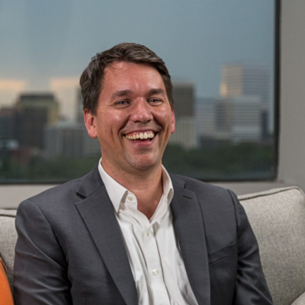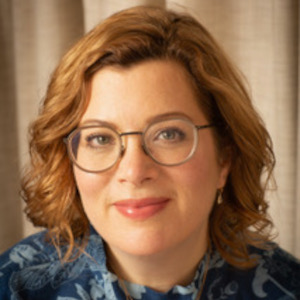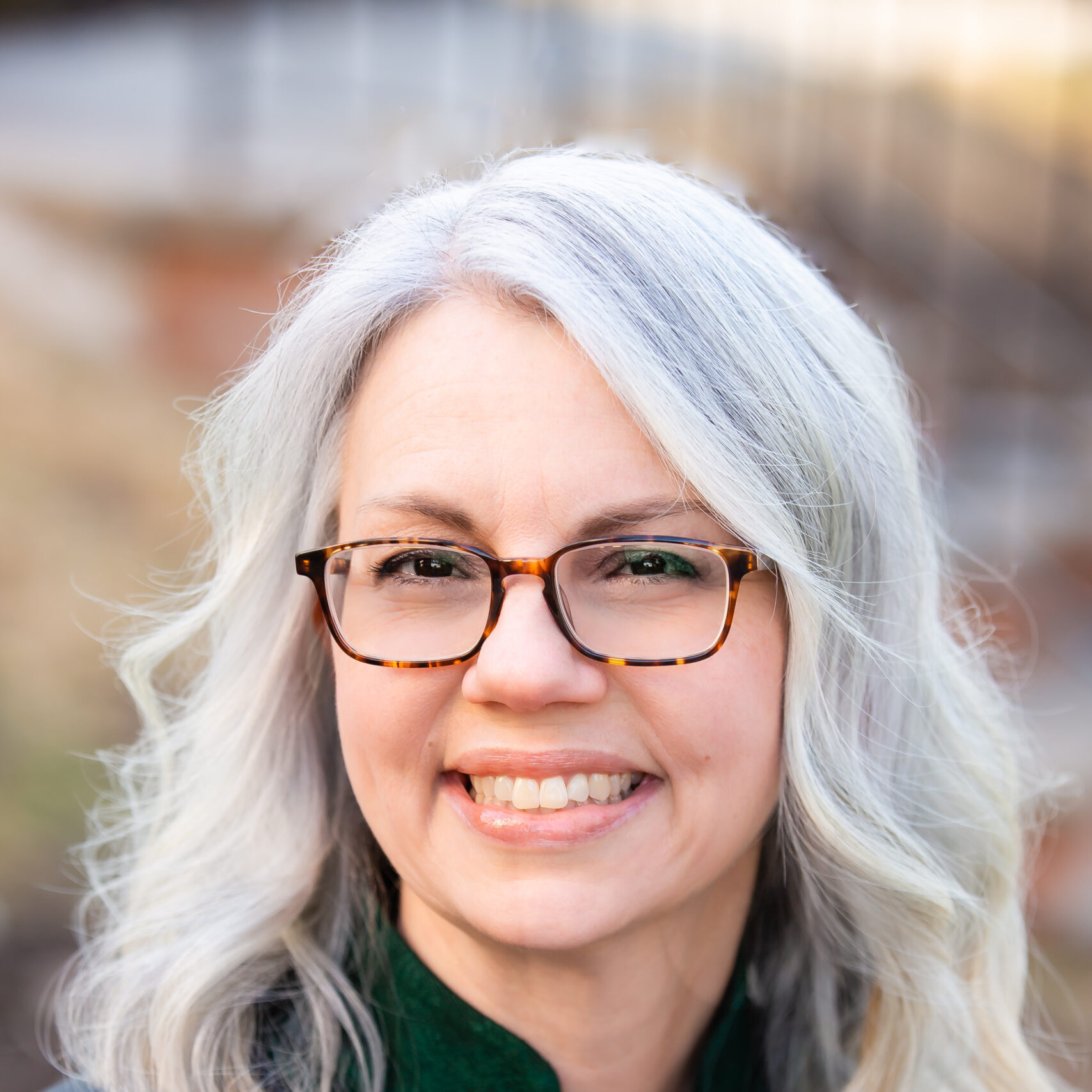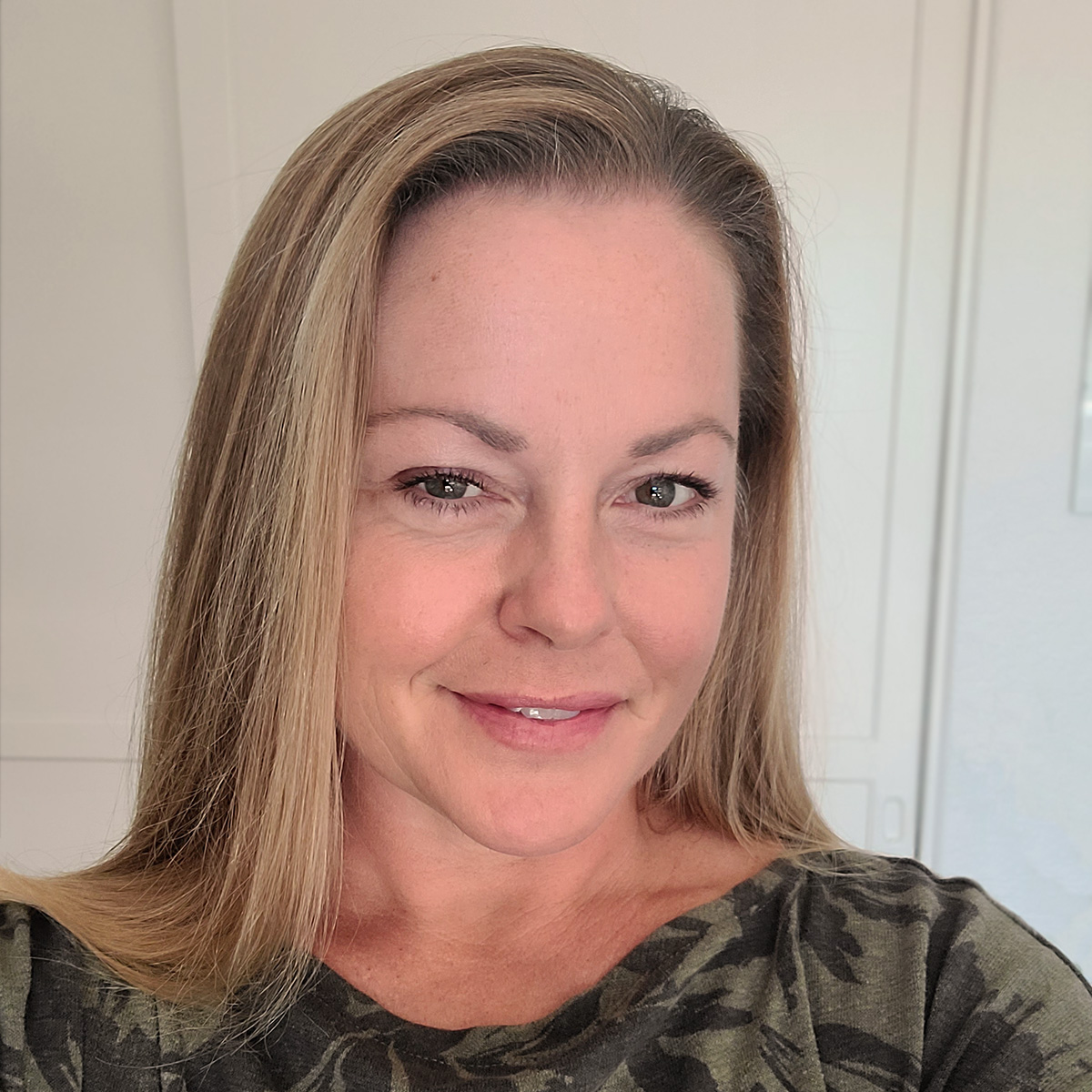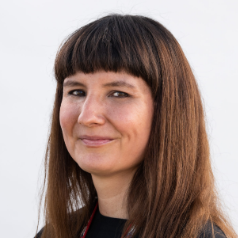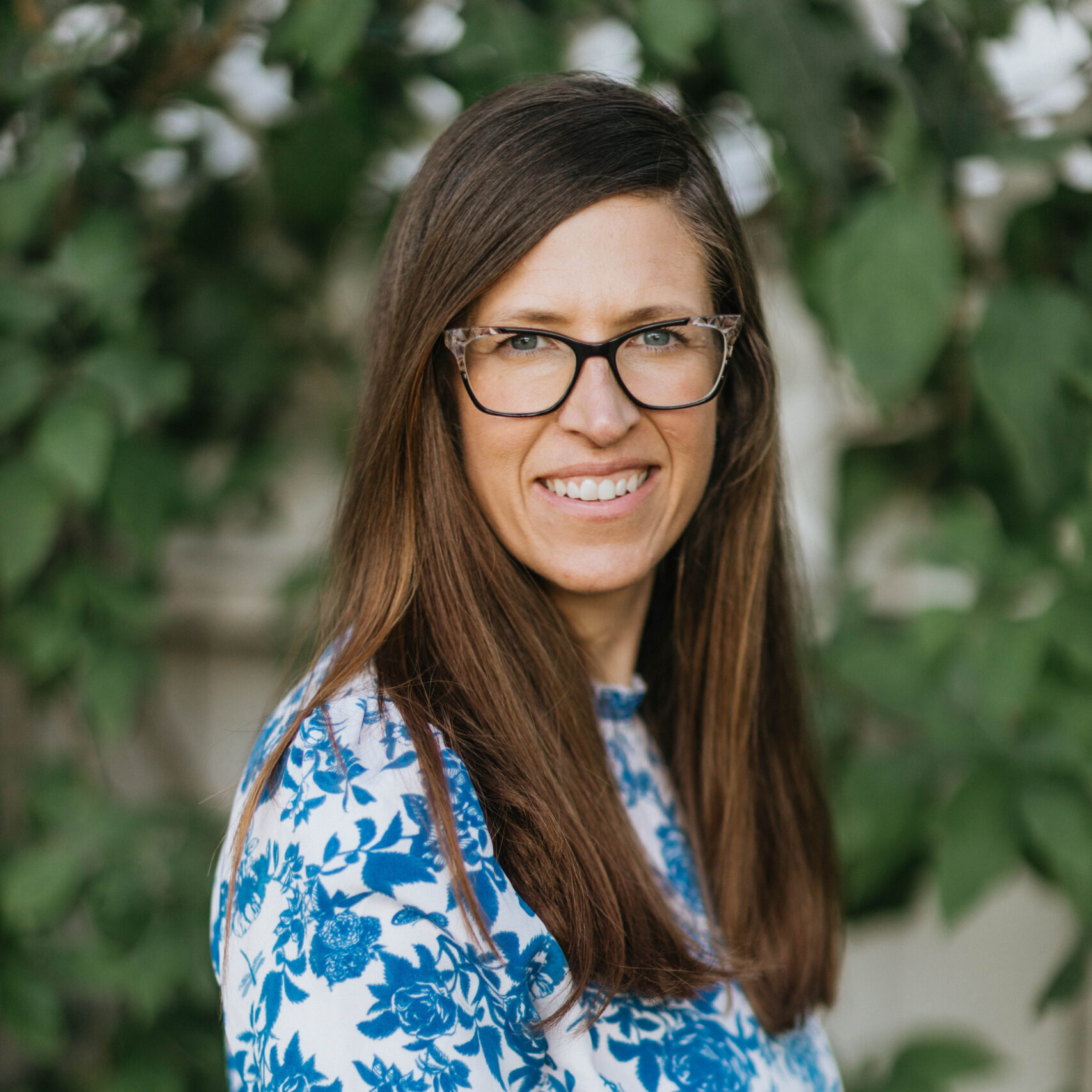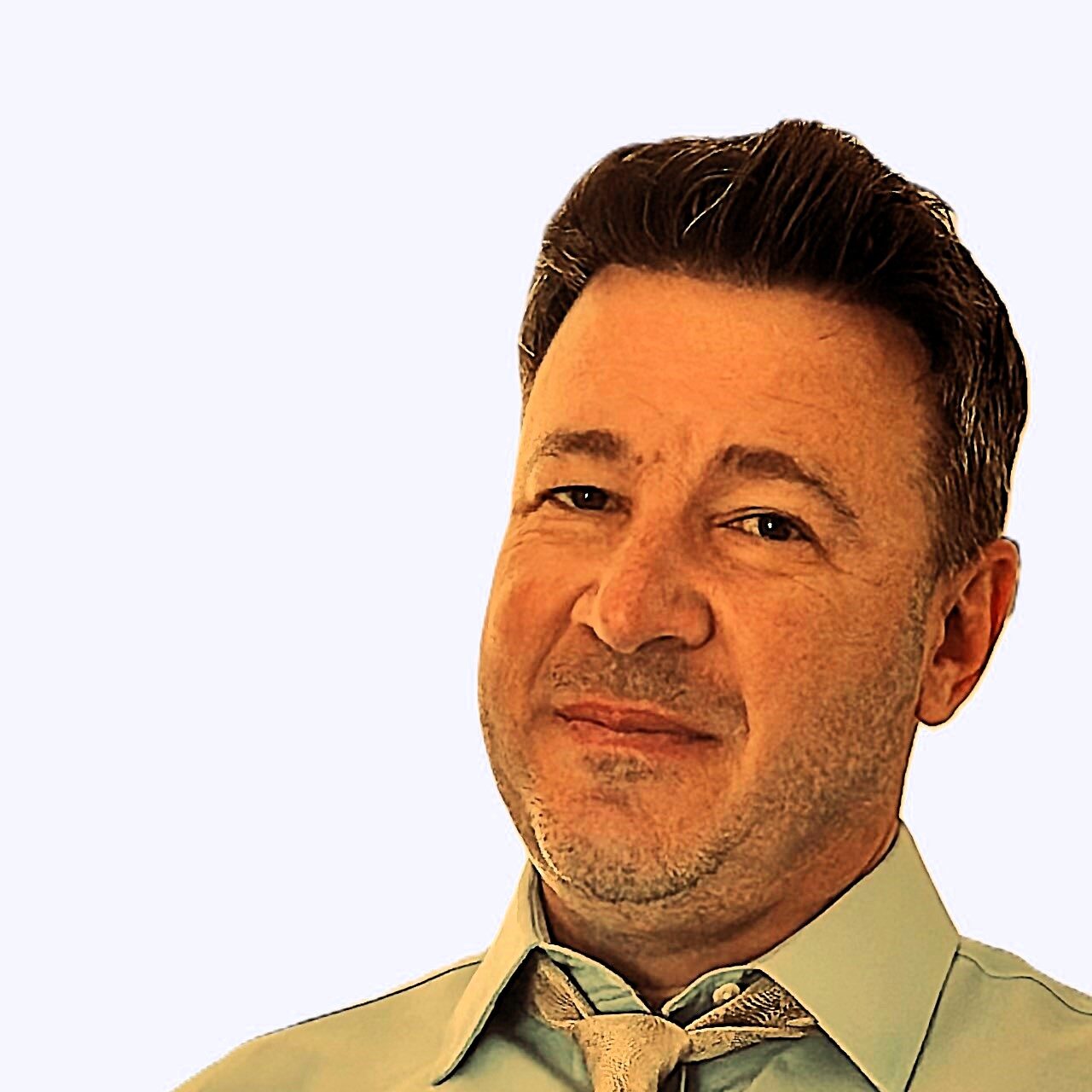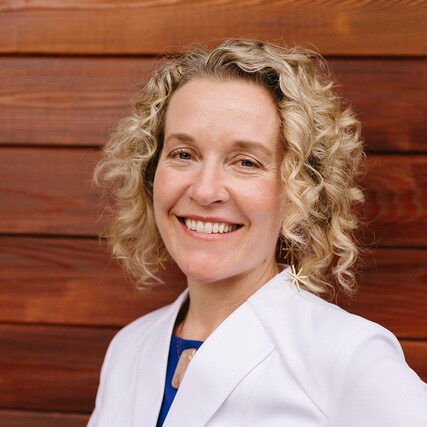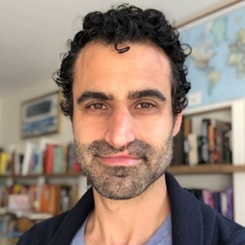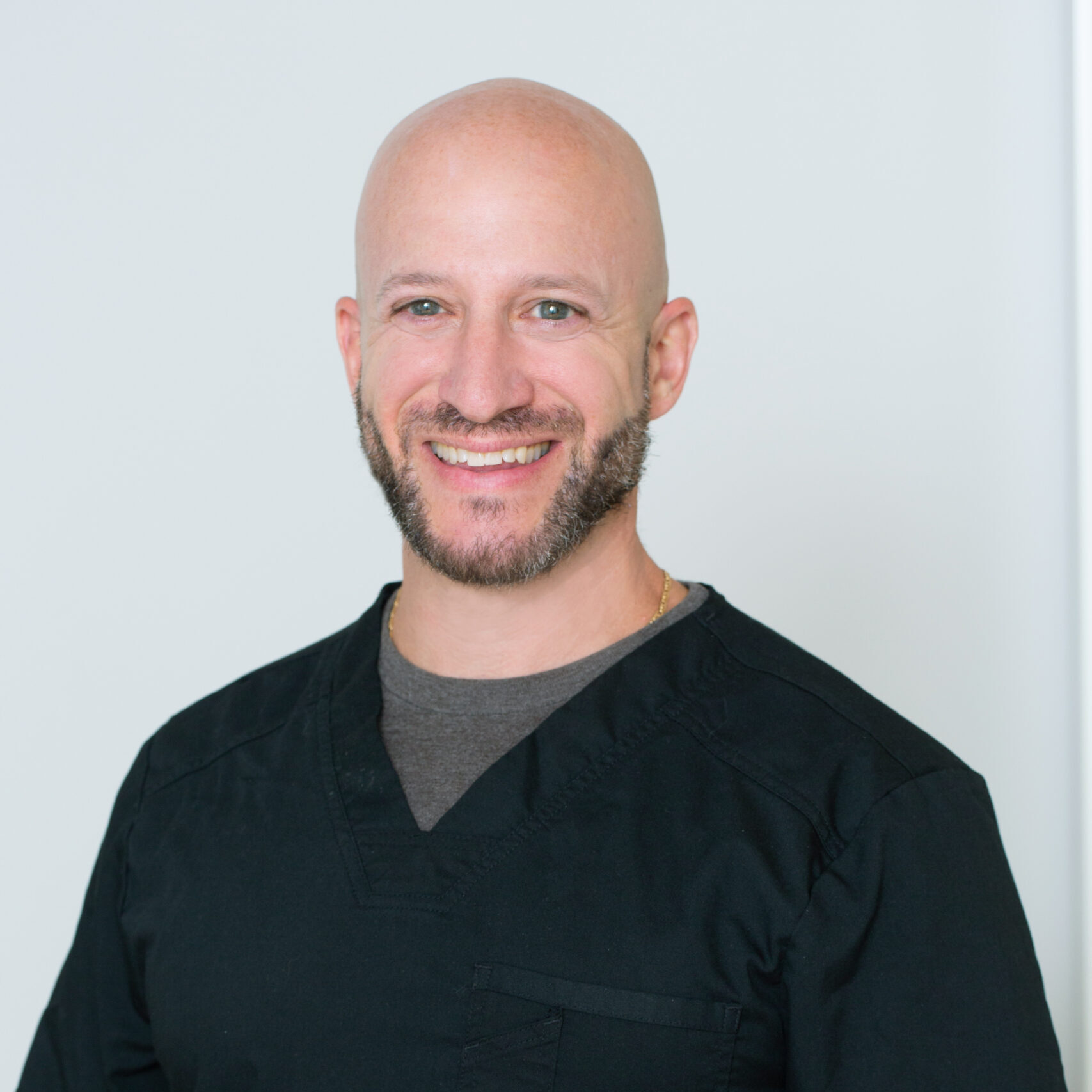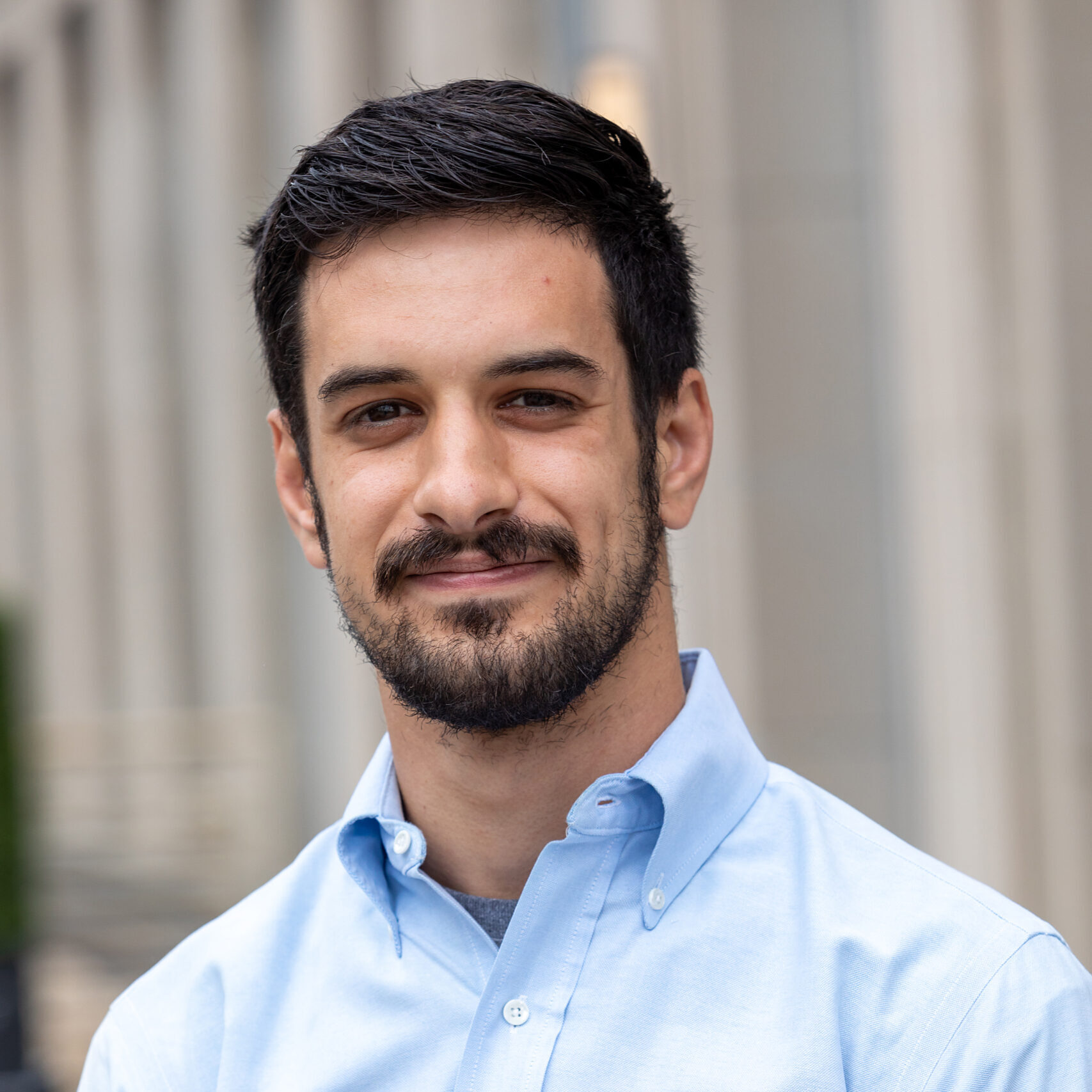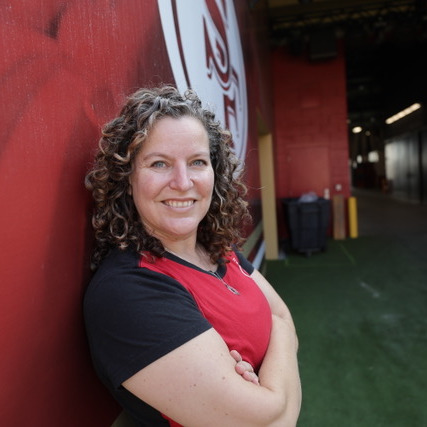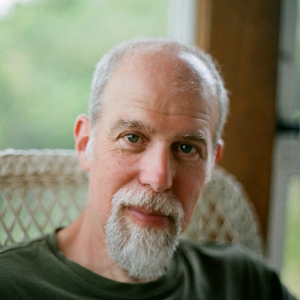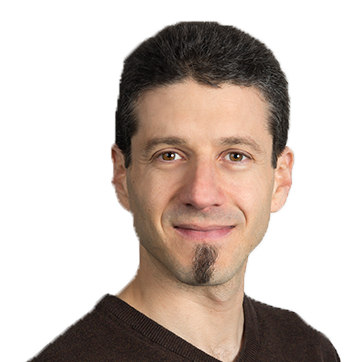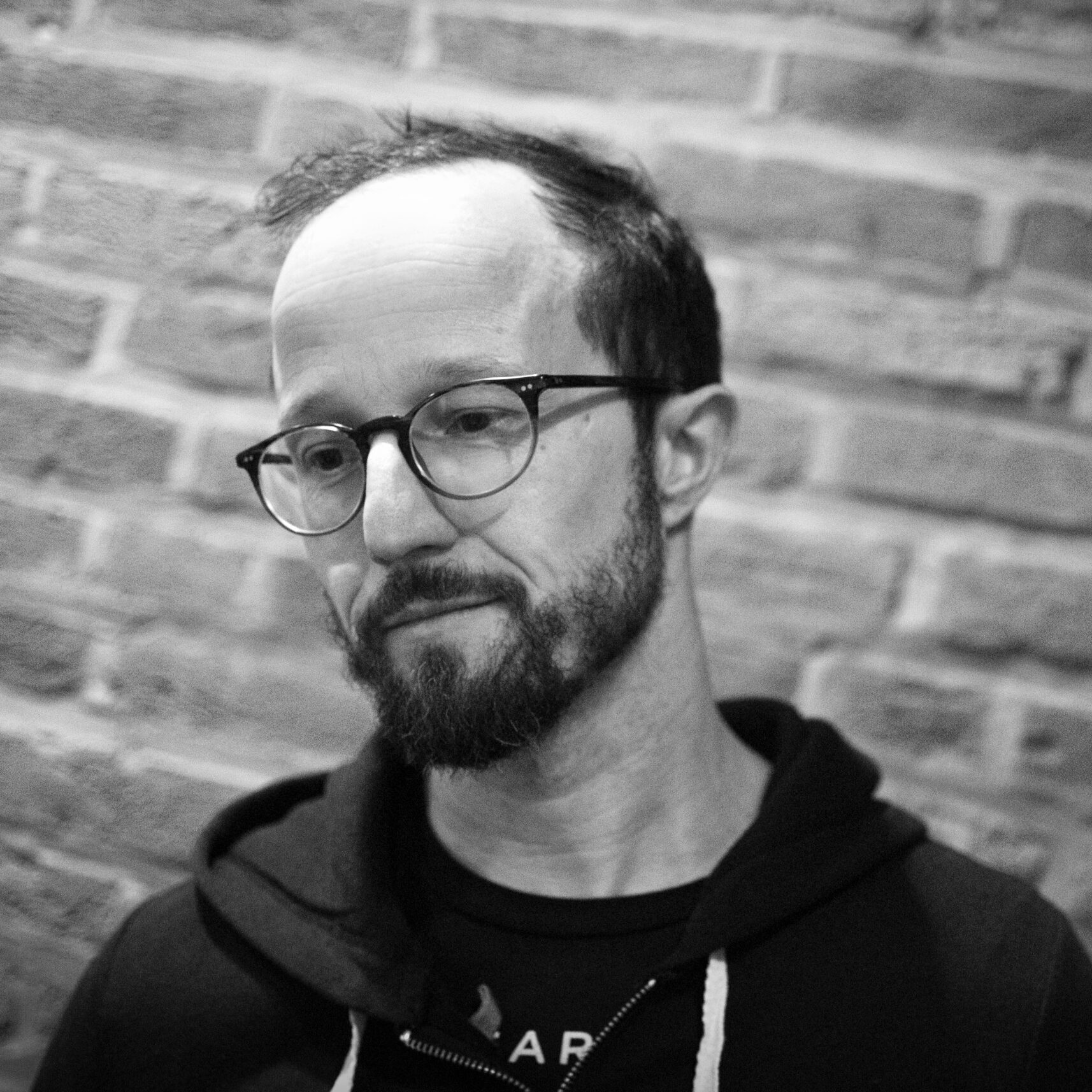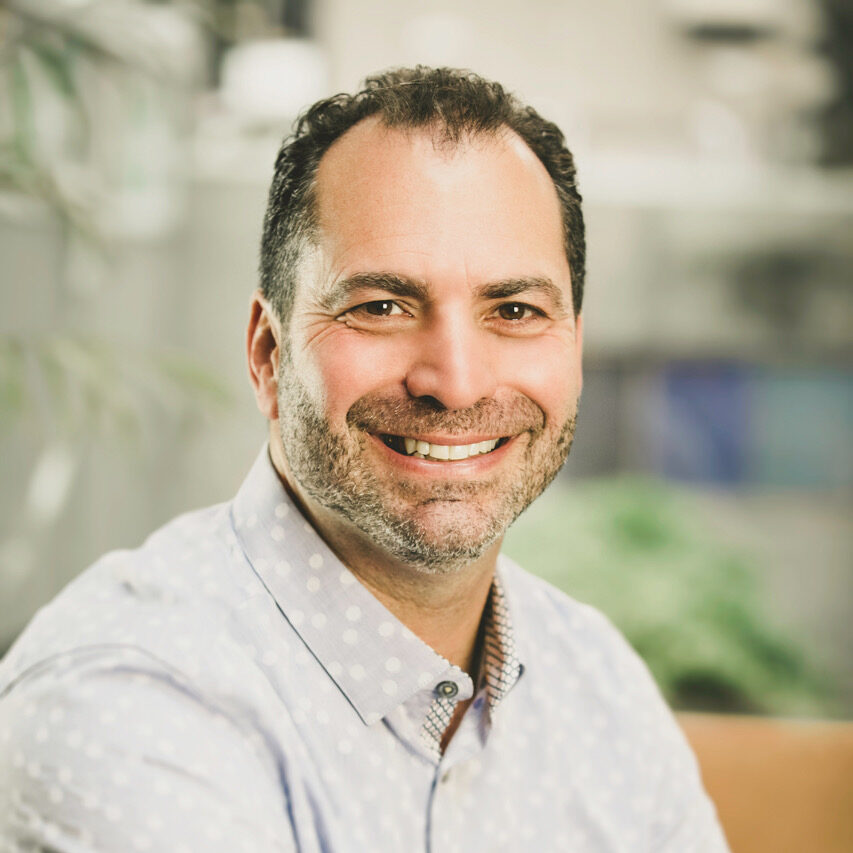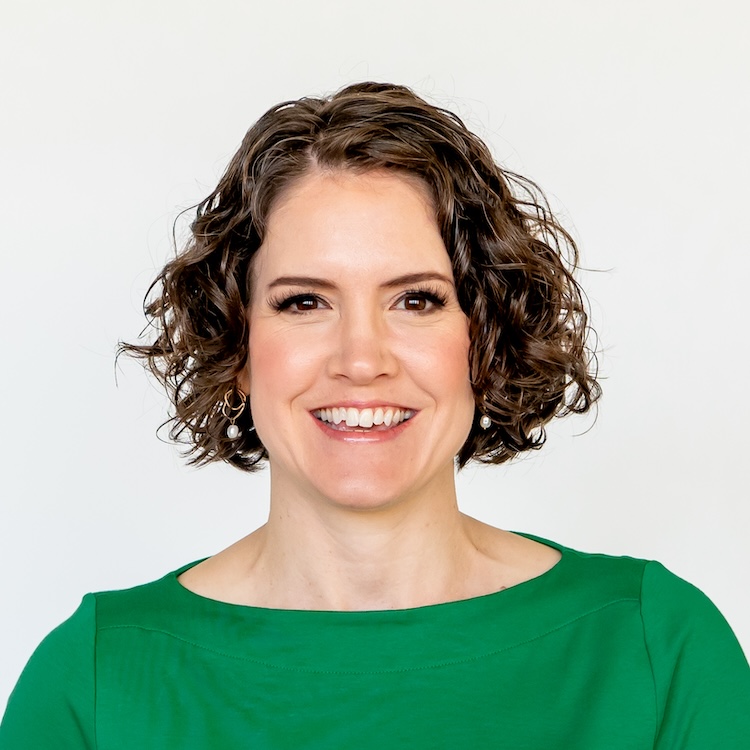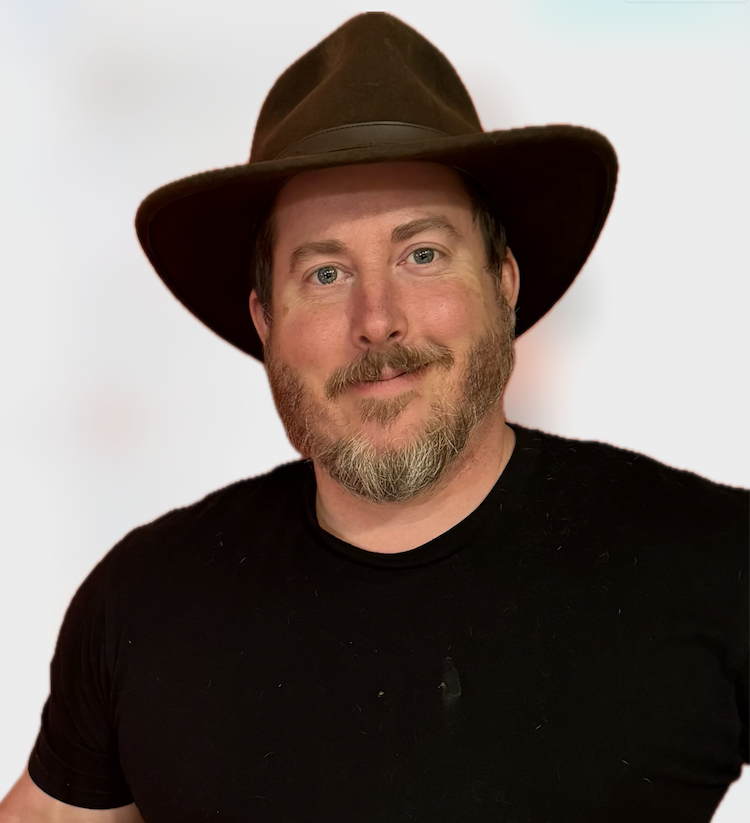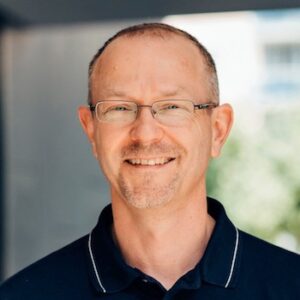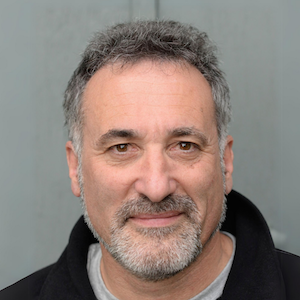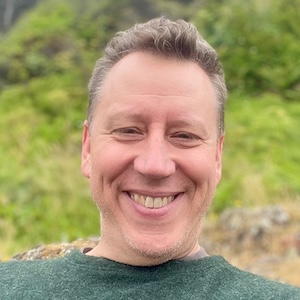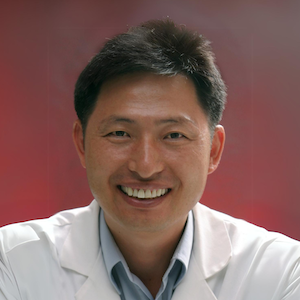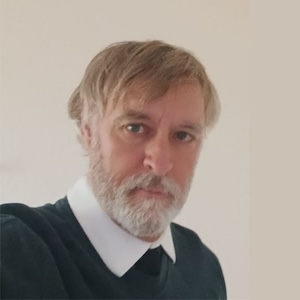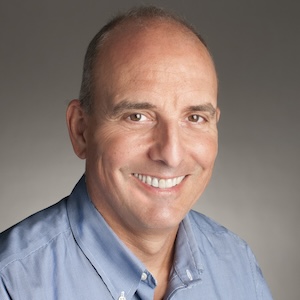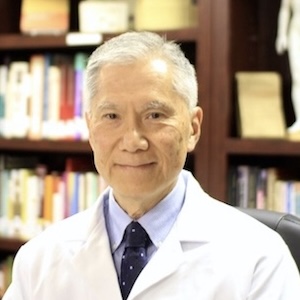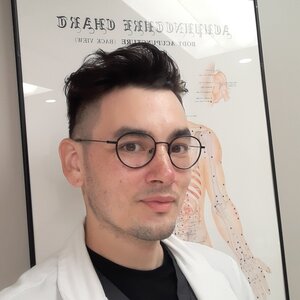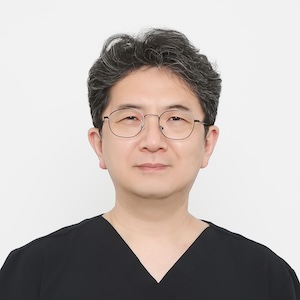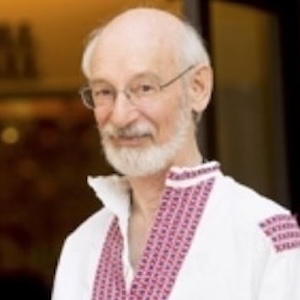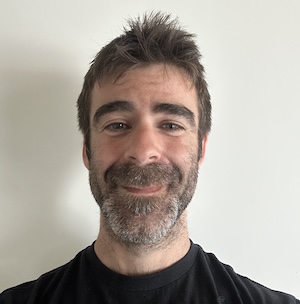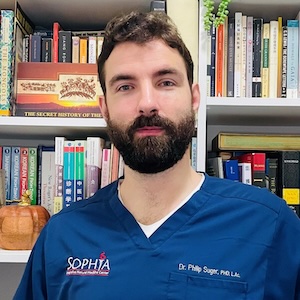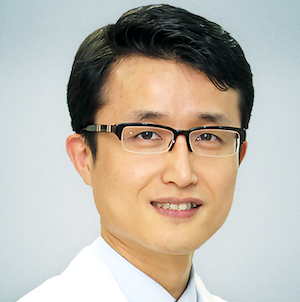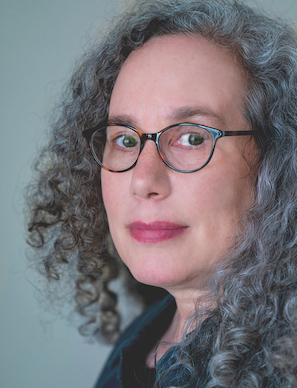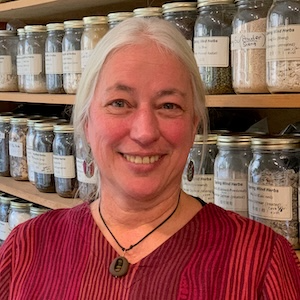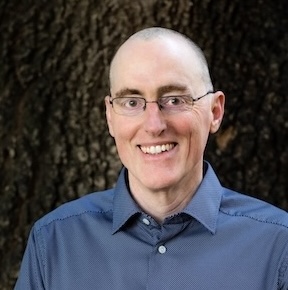When traveling do you turn on the GPS and follow the instructions, look at a map to orient yourself, or do you have a sense of the terrain and the capacity to navigate by landmarks, waterways and a sense of where north lies?
In your clinical work, are you orienting to a theory or idea, or toward something in the patient that is telling you in the moment what is needed? Are you working off a map, or attending to signals from the patient’s body and being?
In this conversation with Dan Bensky we investigate some listening tools that have their origin in Osteopathy, but also can be used to help us find acupuncture points and interact with them in a potent way. Furthermore, these methods can guide us in tracking the patient’s response to our interventions in real time.
Listen into this discussion on engaging our patients vitality through the use of palpation, sensing, and attention that will aid you in listening to the subtle messages from the patient’s body and qi.
In This Conversation We Discuss:
- Experiences in Taiwan and Macau
- What motivate Dan into doing medical school
- One of the problems with conservatism in traditional culture
- Engaging Vitality is a process of teaching tools, what you do with them is up to you
- You have to be OK with being wrong
- Points are organic and unique to the patient, the point is where you get the best response
- The theory is always useful, in theory
- Leaning on appreciation
- Thoughts on staying present with sensing
- Some of the time you’re using the techniques to help you practice, and other times you’re using your practice to learn the techniques
- It’s very easy to unintentionally overtreat patients
- With traditional medicine you only get better by experience, and to get experience you have to pay attention
- How appreciation in your work is helpful
- If you only can talk about Chinese medicine in our professional jargon, then you probably don’t really understand their condition
- There is no such thing as a non-compliant patient
- Figuring out what approach is right for your patient
- When you trust your hands, you’re in for a wild ride
Acupuncture is not sticking needles in people; it is using needles to get a positive response from the organism
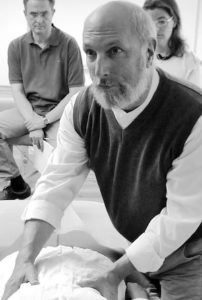 I’ve been interested in things East Asian since I was a boy and stumbled into Traditional East Asian Medicine [TEAM] by chance in the early 1970’s. At the time it was not only very hard to find a place to study, it was even hard to know what or how to study.
I’ve been interested in things East Asian since I was a boy and stumbled into Traditional East Asian Medicine [TEAM] by chance in the early 1970’s. At the time it was not only very hard to find a place to study, it was even hard to know what or how to study.
This sense of wonder has stayed with me for the past 45 years.
My experiences, in Taiwan, Japan, China and the US have shown me that the greatest thing about this medicine is that it has so many tools that aid in being open to paying attention to and helping our patients on a multitude of levels.
Similarly, engagement with the medicine demands that we dive into the traditions without being stuck in them so that we can connect to and be a part of them. I have been helped along this path when, again by chance, I became interested in osteopathic medicine in the late 1970’s and had the good fortune to go to Michigan State University where I was able to work with some amazing teachers. It became quickly obvious to me that TEAM and osteopathy were complementary on many, many levels and I’ve been working on integrating them and attempting to understand how each illuminates the other ever since.
Links and Resources
Find out more about Engaging Vitality at www.engagingvitality.com
Join us for the upcoming Qiological Live seminar on Finding Acupuncture points using the Engaging Vitality tools on April 2, 2022.
